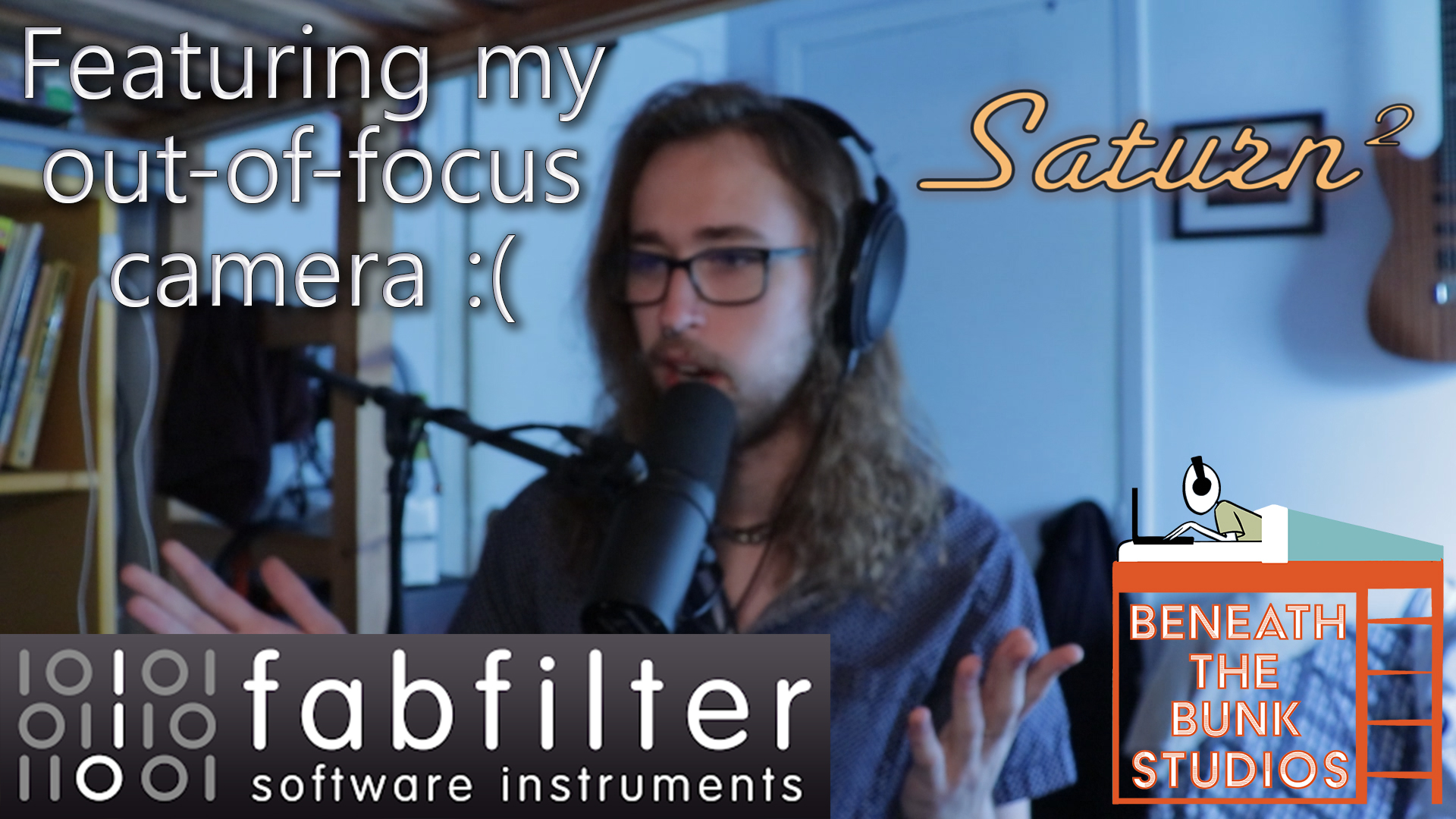Drum reverbs and room sounds are sick, but they can also make or break your drum sound. Rely on them too heavily and you’ll get a kit that sounds way too ginormous and doesn’t remotely glue with the rest of your mix. Don’t rely on them enough and you’ll get drums that sound two-dimensional and also don’t glue with the rest of your mix at all. Rely on them just enough and you’ll get a monstrous drum sound that helps you take your production to the next level.
All that being said, let’s say you just got a drum reverb sound that you’re super pumped about, but you just want it to cut through your mix a tiny bit more. Here are some things you can try doing to make that happen. As always, watch the video at the bottom of this post to hear them in action.
Put Multi-Band Saturation After Your Reverb Plugin
I like to use Fabfilter Saturn 2 for this, but any multiband saturation plugin will work.
All the time I find myself placing a multi-band saturation plugin right after my reverb plugin on my reverb aux/send track. The drive knob for everything below 200Hz or so is all the way down, and the same is the case with everything above around 1.5kHz. The frequency range in between those two frequencies is where all the cool stuff happens.
Play your mix, get your snare reverb, for example, to a level you’re somewhat happy with, and slowly begin to turn up the drive knob on the band that’s going from around 200Hz all the way up to around 1.5kHz. Compare that to what you had before, and you should be able to hear the difference quite easily.
Put a Transient Designer or Compressor BEFORE Your Reverb Plugin
I got way too excited when I figured this one out lol. The purpose of this trick is to overly-emphasize the initial transients of your drums so that your reverb sound clearly pops out. If you don’t have a transient designer and don’t want to buy one, just use a compressor that’s set really aggressively. Fastest release, medium attack, high ratio, and high gain reduction values should do the job just fine. Remember that this only works if you’re blending in your reverb in parallel on an aux/bus track.
Play your mix, get your snare reverb, for example, to a level you’re somewhat happy with, and slowly begin to turn up the attack knob on your transient designer. Obviously, the higher you go the more obvious the effect will be. If you’re working with a compressor, lower your threshold instead.
Experiment with turning down the sustain knob on your transient designer too! If you’re working with a compressor and not a transient designer, just make your release time longer for a similar effect.


